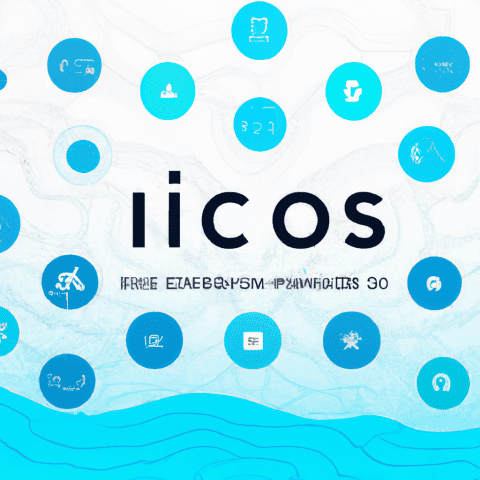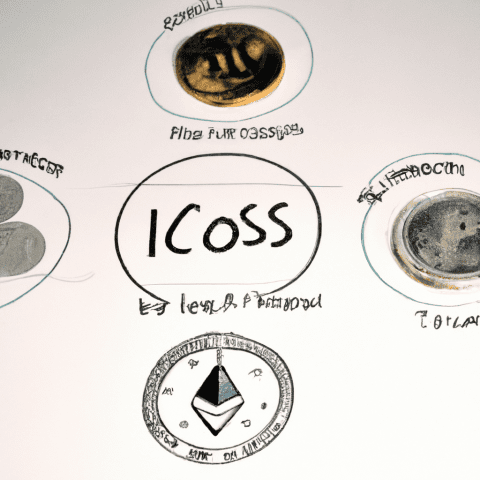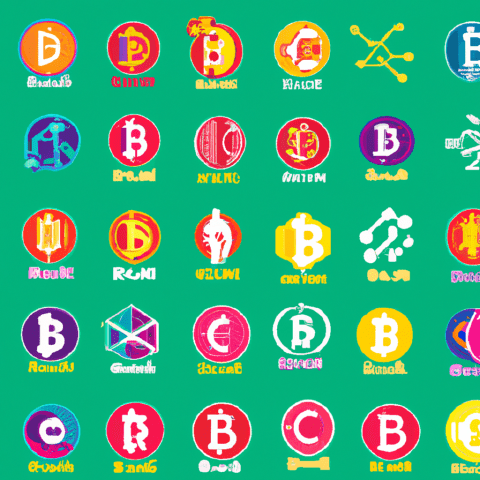The world of cryptocurrency has seen a surge in popularity over the past few years, with Initial Coin Offerings (ICOs) and Initial Exchange Offerings (IEOs) becoming increasingly prominent in the market. In this comprehensive guide, we will explore the differences between ICOs and IEOs, highlighting key factors to consider when investing in these fundraising methods. From the top ICOs and IEOs to watch out for in 2021 to the latest news and trends in the ICO/IEO space, we will provide you with all the information you need to navigate this rapidly evolving landscape. Whether you're a seasoned investor or just starting out, our tips for successful investing will help you make informed decisions in the world of ICOs and IEOs. Stay updated on upcoming ICOs and IEOs, and learn what to expect in the coming months as we dive into this exciting and dynamic market.
1. "Exploring the Differences Between ICOs and IEOs: A Comprehensive Guide"
When it comes to fundraising in the cryptocurrency space, Initial Coin Offerings (ICOs) and Initial Exchange Offerings (IEOs) have become popular methods for companies to raise capital. Both ICOs and IEOs involve the sale of tokens to investors in exchange for funding, but there are key differences between the two models.
ICOs are typically conducted by startups or projects looking to raise funds for their blockchain-based ventures. In an ICO, the project team creates a whitepaper outlining their idea, the problem they aim to solve, and how the funds raised will be used. Investors can then purchase tokens during the ICO period, usually using popular cryptocurrencies like Bitcoin or Ethereum.
On the other hand, IEOs are similar to ICOs but are conducted on a cryptocurrency exchange platform. In an IEO, the exchange acts as a middleman between the project team and investors, conducting the token sale on behalf of the project. This provides a level of trust and security for investors, as the exchange has already vetted the project and its team.
One major difference between ICOs and IEOs is the level of due diligence involved. While ICOs require investors to do their own research on the project, IEOs are conducted on exchanges that have already vetted the projects, reducing the risk of scams or fraudulent activities.
Additionally, IEOs often have a higher level of liquidity compared to ICOs, as tokens are listed on the exchange immediately after the sale. This allows investors to trade their tokens more easily and potentially realize profits sooner.
Overall, both ICOs and IEOs have their own advantages and disadvantages, and investors should carefully consider their options before participating in either. With the rise of IEOs, it is important for investors to stay updated on the latest ICO and IEO news, as well as upcoming ICOs and IEOS, to make informed investment decisions in this fast-paced industry.















